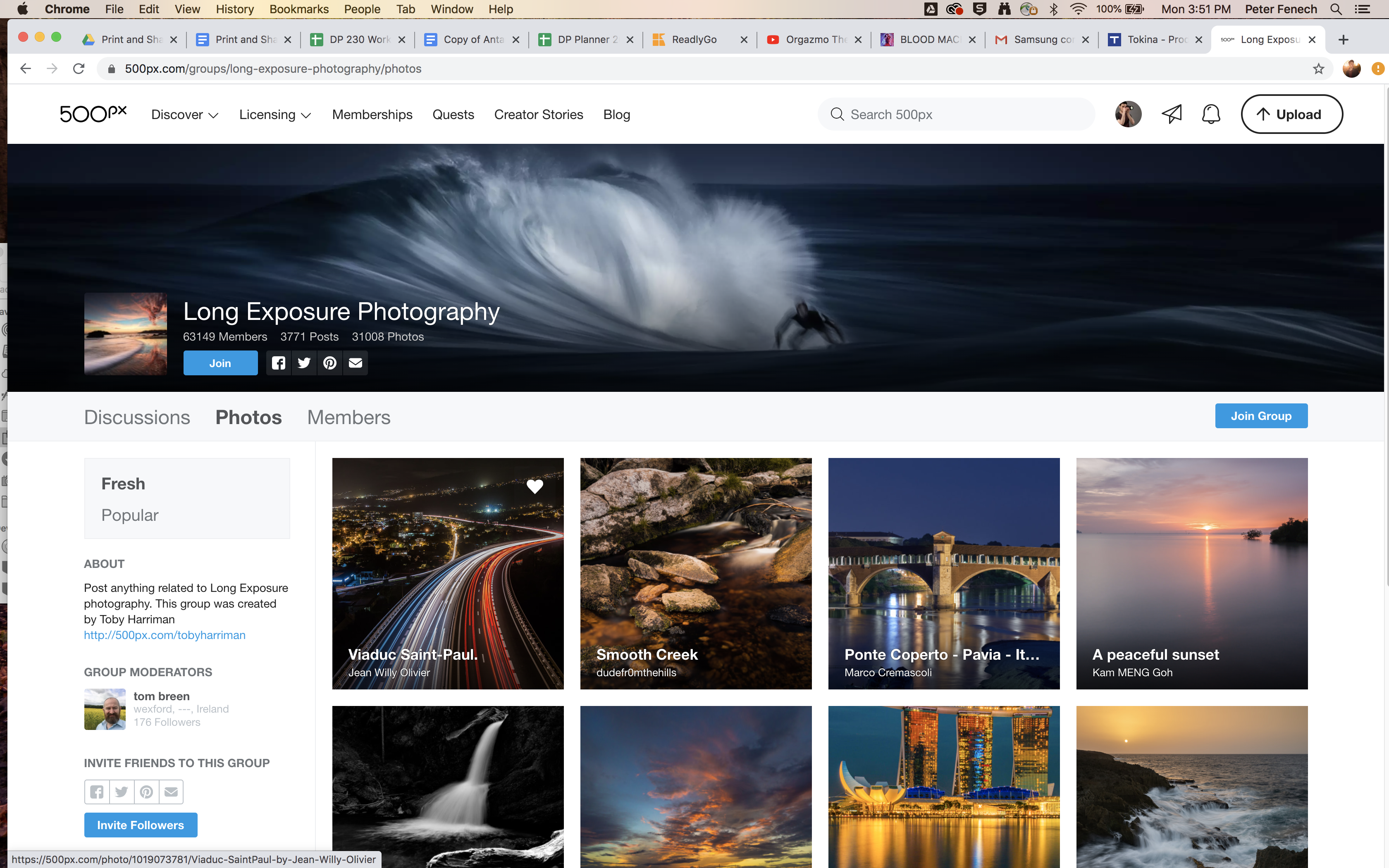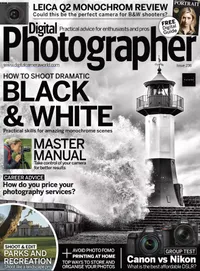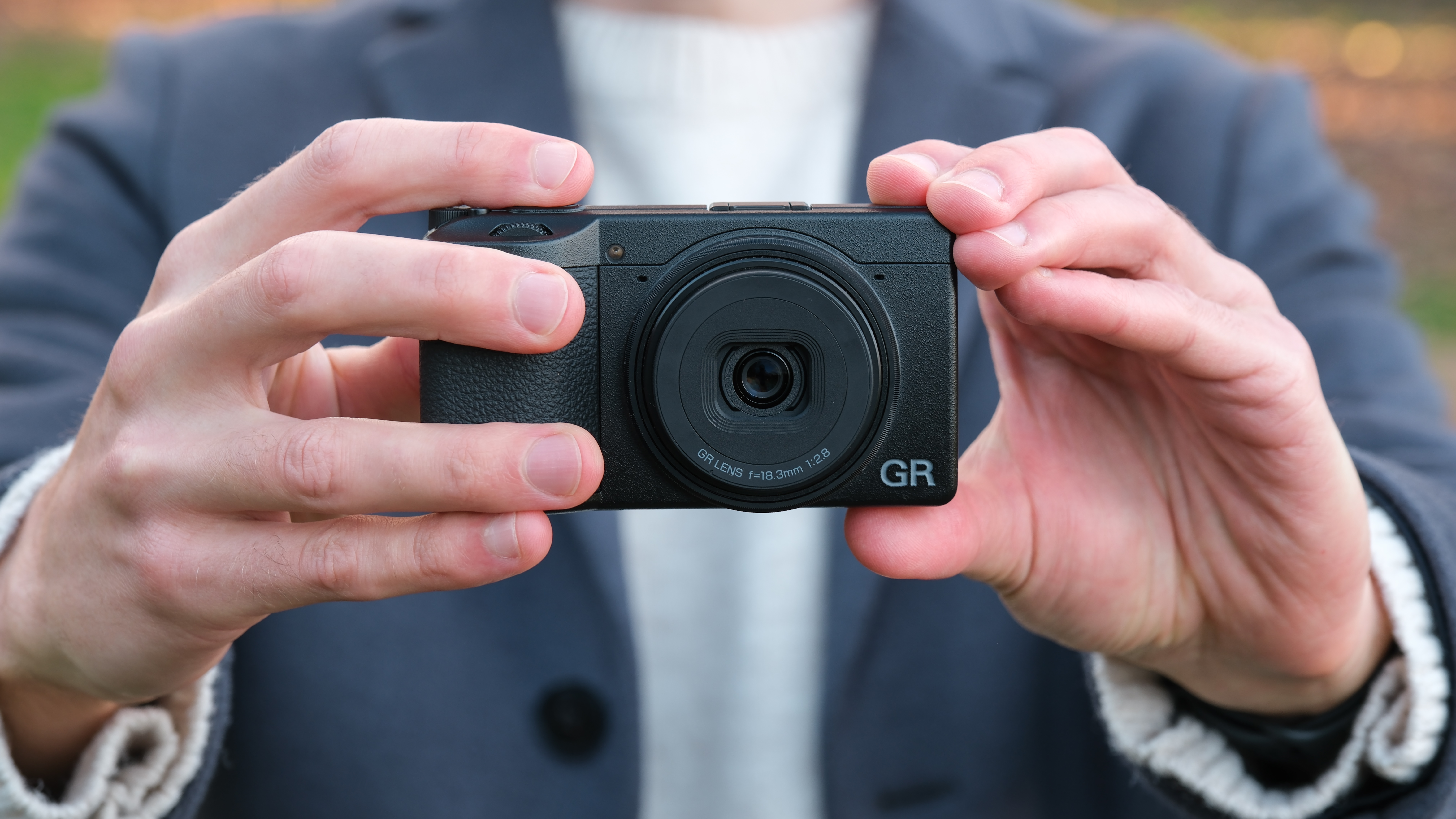Network for success: create a photo community online
Build a following of like-minded photographers to promote your own skills
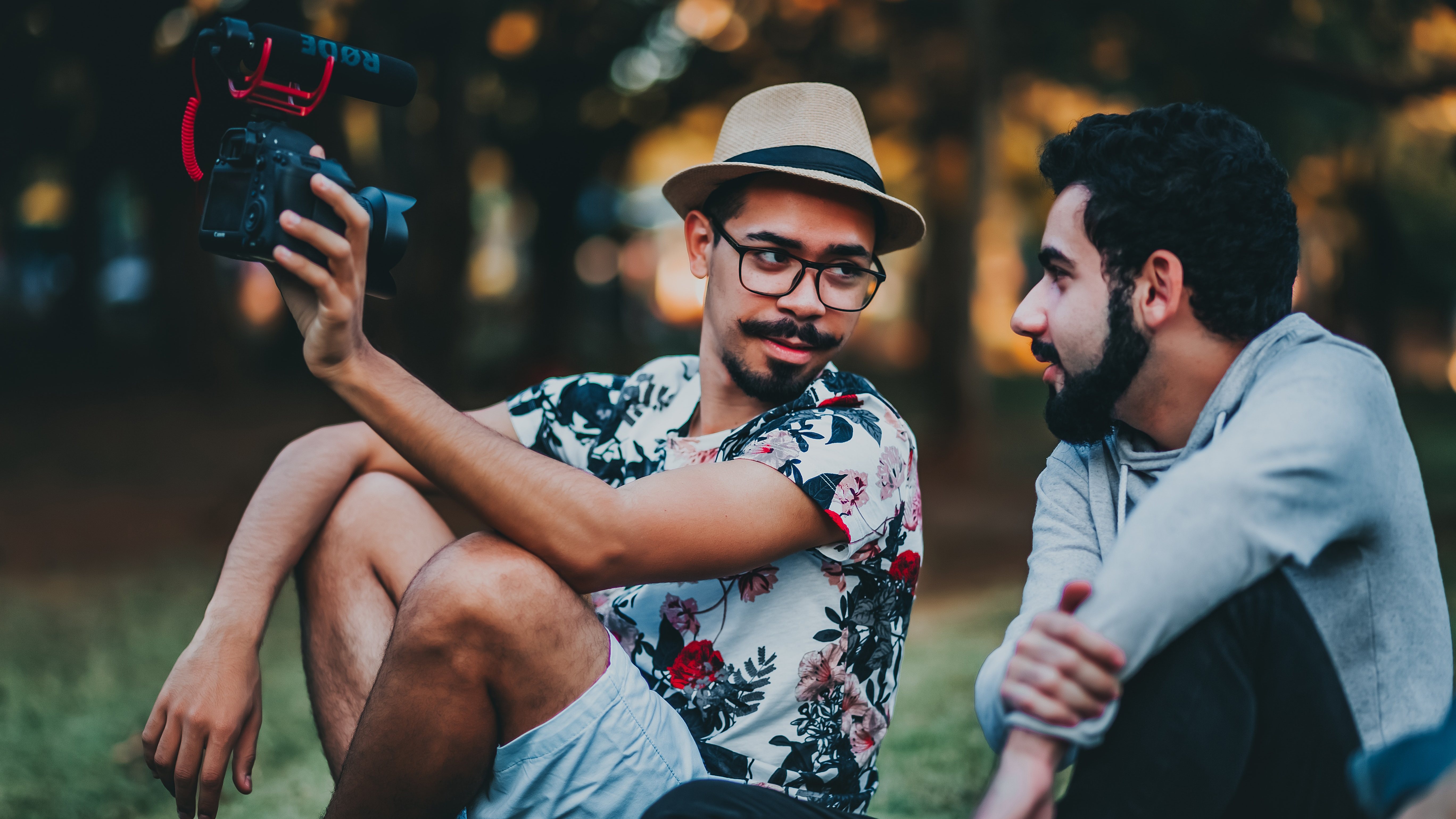
Photographers often think of themselves as solitary workers, operating out of their own studio or even from their own home. However networking has just as much importance in the photography industry as any other, and attracting other experts in a similar genre to follow your work can help you grow your business.
A great way to do this without introducing an overly corporate tone, as can be the case when interacting on a professional networking platform such as Linkedin, is to set up and curate a photo community.
This can take several forms but a Flickr group or a group on Facebook is a good place to start, as these already have large pools of active photographers. These function as libraries of images from other users which you can curate, encouraging discussion of your preferred style of photography.
This can not only open up possibilities for collaboration, but can also form a repository of information from which you can learn new skills and improve your own work.
Read more:
• Best fisheye lenses
• Best cameras for landscapes
• Best lenses for landscapes
Set joining options
To control who can add photos to the community pool and interact with other members choose how people can join. For most platforms there are options to allow anybody to join at will, for all members to be able to add people or for inviting users to be reserved for you, as the group admin. Consider the latter for more general group briefs, to prevent spamming of the pool.
The best camera deals, reviews, product advice, and unmissable photography news, direct to your inbox!
Write a clear description
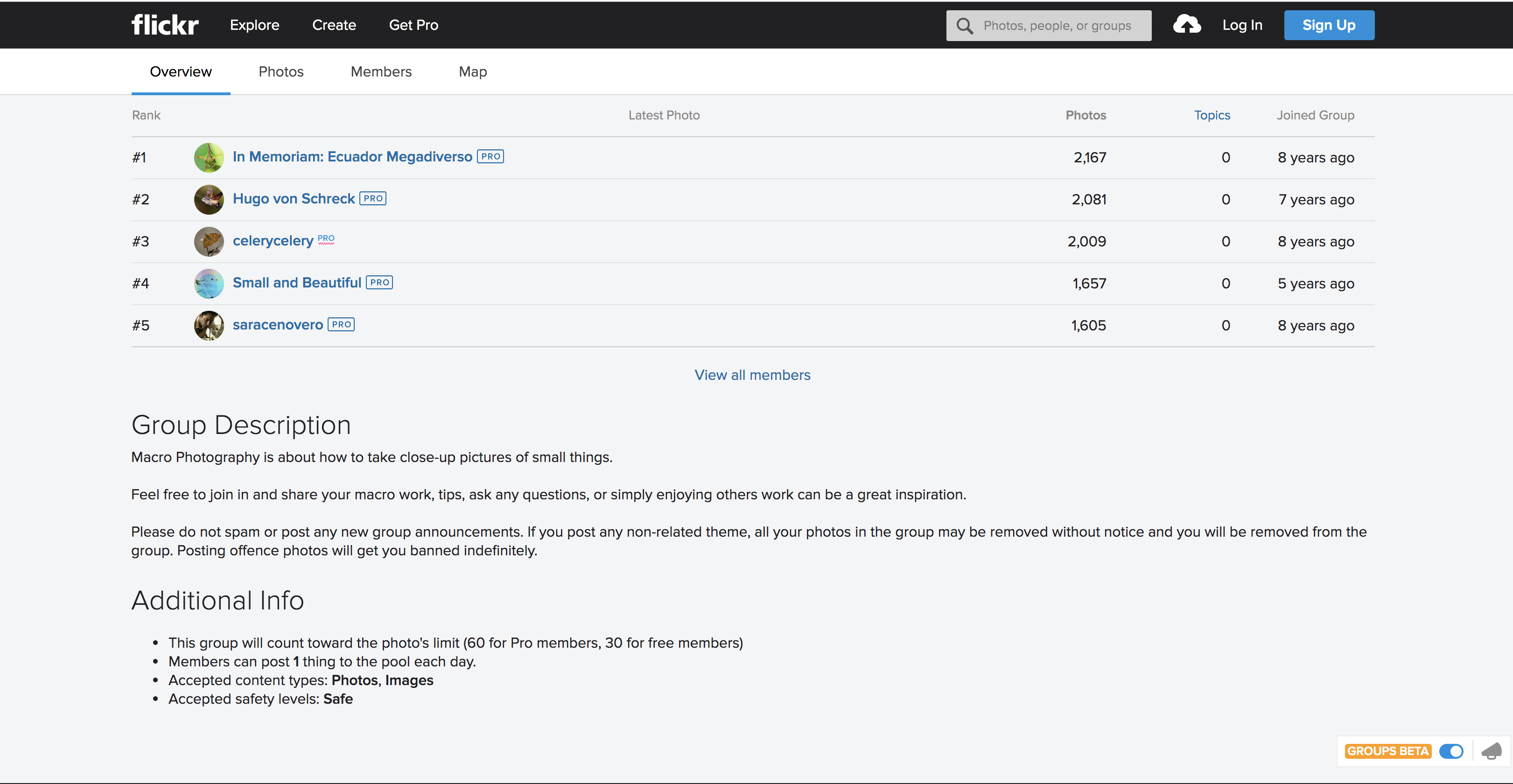
Make it obvious what the theme of the group or community is by adding a concise description or intro. This enables interested users to decide if the kinds of imagery they can expect to see is of interest to them and encourages people to get involved if so.
Start discussions
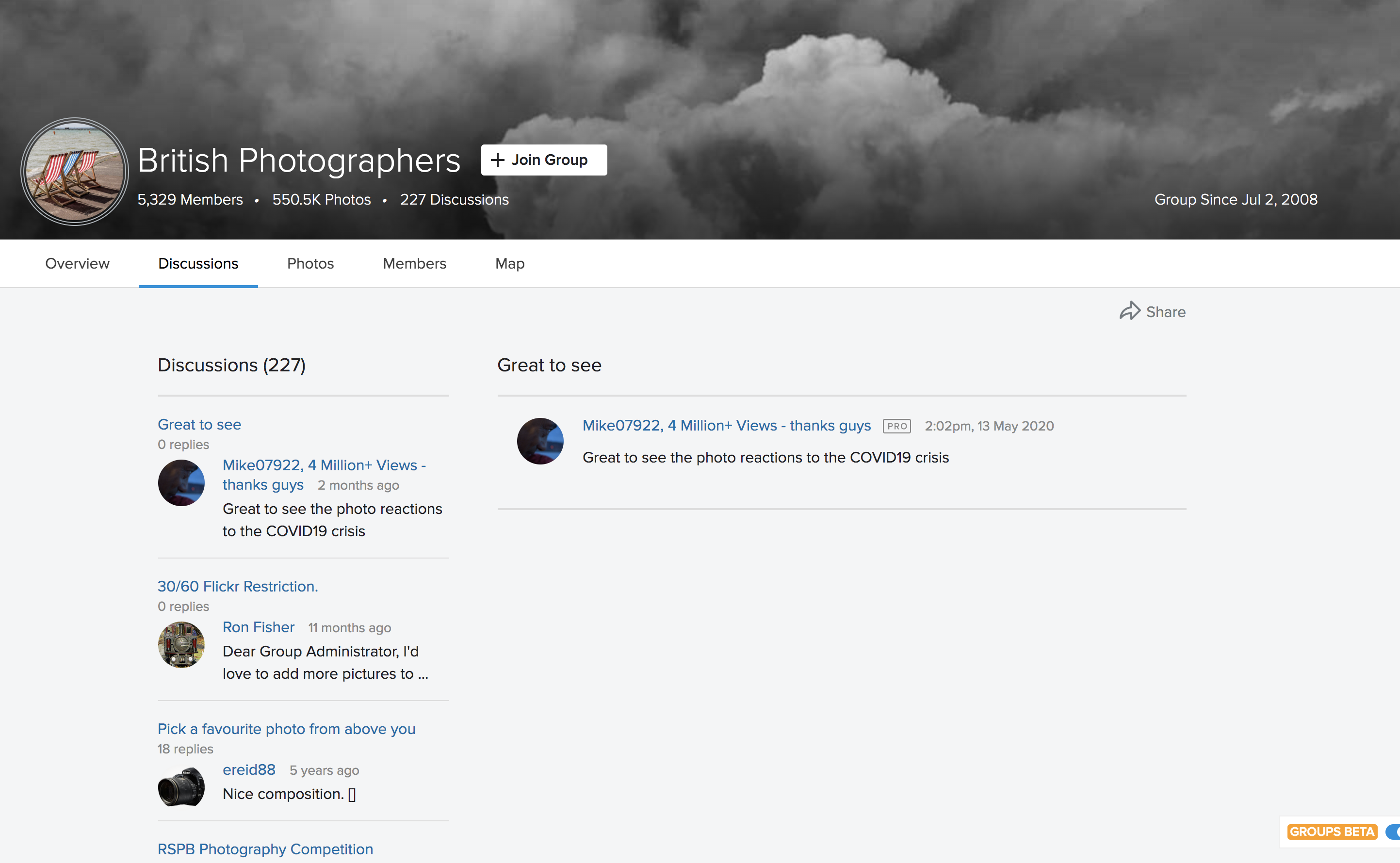
Get your community talking by posing questions, introducing points of discussion and inviting critiques and comments. Be cautious not to encourage arguments amongst your followers in the process by avoiding topics which invite heated opinions or the potential for unwanted negative feedback. Try using polls if available as these direct user engagement without the possibility of inflammatory comments from members.
Curate content
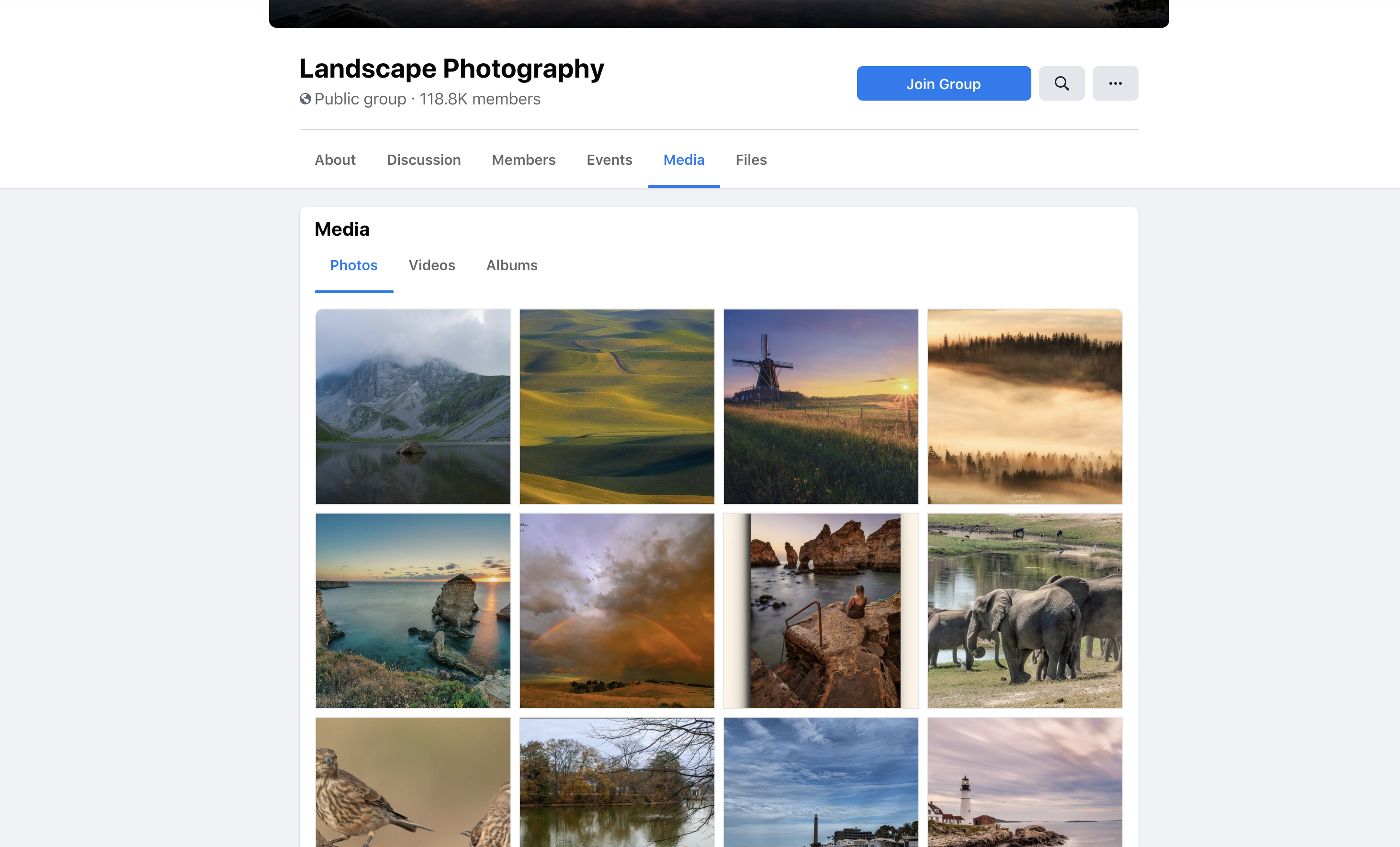
Control what image types make it into your group pool. Add a group rules section to inform new members which you deem acceptable behaviour and regularly review the image pool, removing inappropriate content. Don’t be overbearing - encourage freedom of expression but do enforce basic regulations (such as acceptance of nudity, or graphic subject matter.)
Control visibility
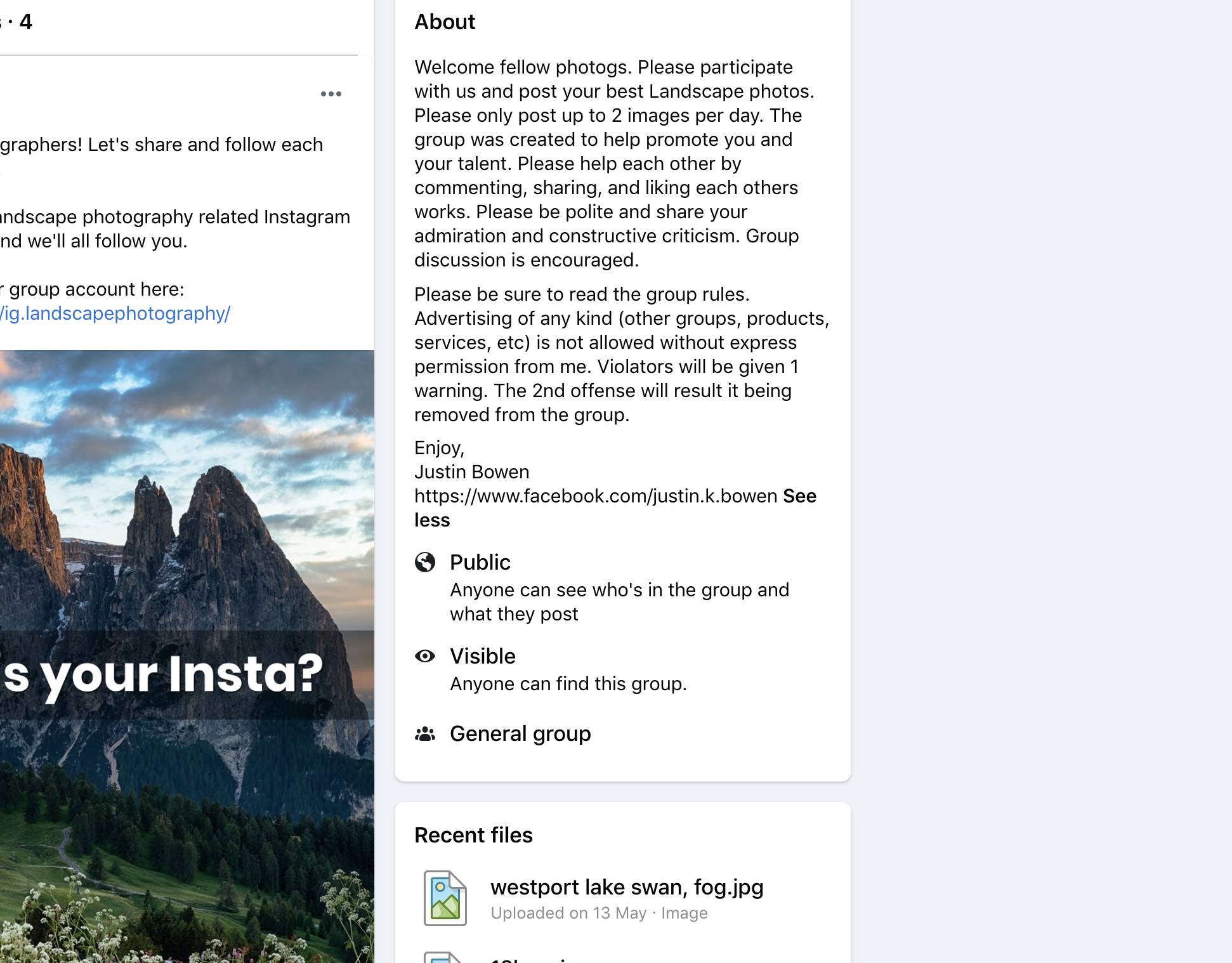
For this kind of community it is better that your photo pool is publicly visible, as this will be more likely to attract further members, from a greater variety of experience levels. This will also add value for the members themselves, as a main reason for joining a large community is for the exposure. However, for closed groups, there are times when keeping the pool visible to existing members only can add to the exclusive feel of a group.
Engage
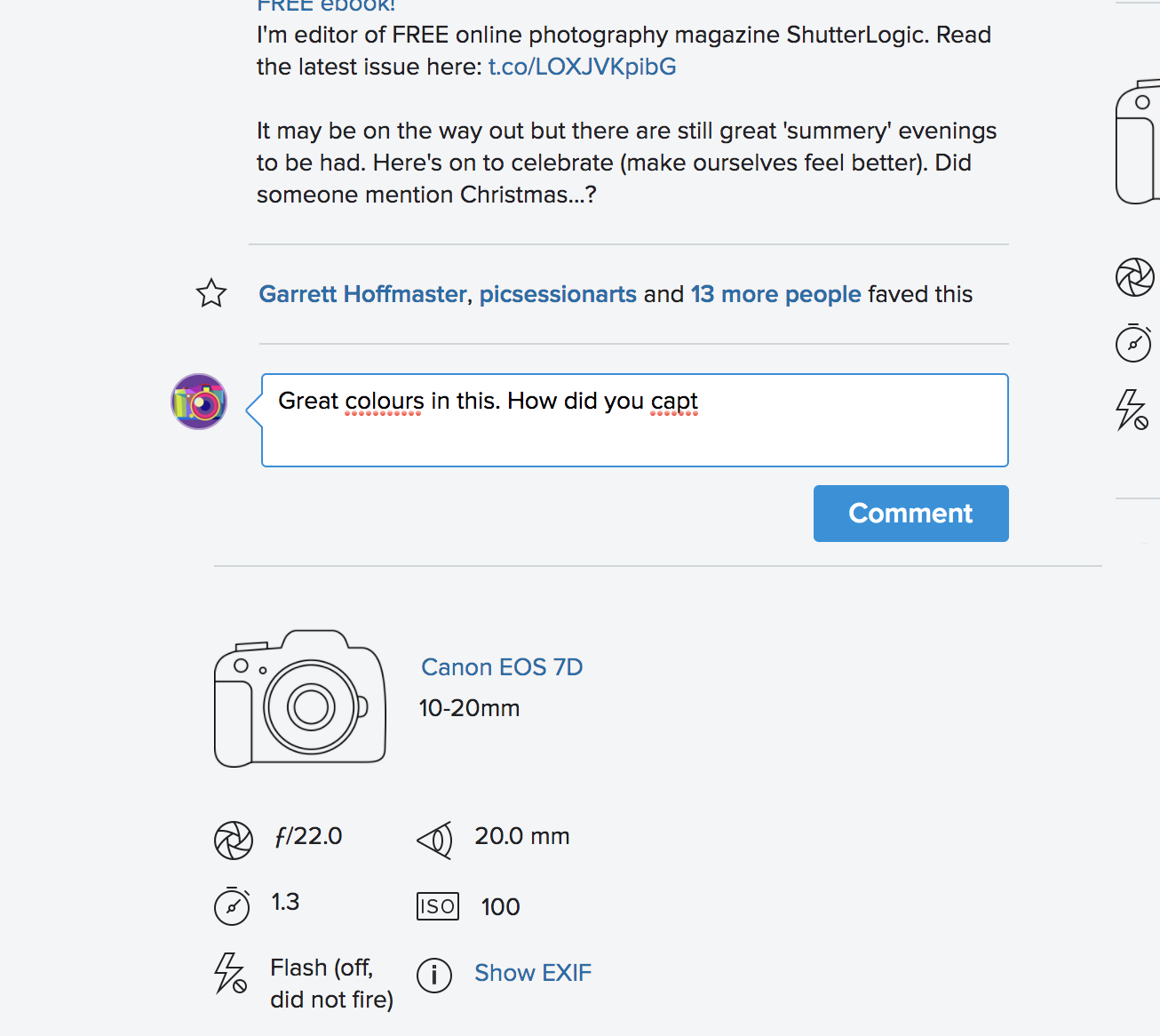
The best way to get value from your community yourself is to engage with other members. Don’t go for several weeks without posting images or commenting on the work of others. The more you get involved, the stronger the community feeling and the more successful the group.
Conclusion
Groups on social platforms and photo sharing sites can offer a tremendous source of creative support and at the very least can provide the artistic motivation your photography may need.
Get the kitbag essential for Enthusiasts and Professional photographers. Packed full of pro advice, tutorials, techniques, interviews and kit reviews, Digital Photographer Magazine will help you take your images to new heights.
Read more:
This is why megapixels matter
How to get TikTok famous (from a photographer with 11 million followers)
Gitzo launches a 100% repairable Légende tripod and environment friendly backpack
Social tips for photographers: 6 steps for improving your social media performance
As the Editor for Digital Photographer magazine, Peter is a specialist in camera tutorials and creative projects to help you get the most out of your camera, lens, tripod, filters, gimbal, lighting and other imaging equipment.
After cutting his teeth working in retail for camera specialists like Jessops, he has spent 11 years as a photography journalist and freelance writer – and he is a Getty Images-registered photographer, to boot.
No matter what you want to shoot, Peter can help you sharpen your skills and elevate your ability, whether it’s taking portraits, capturing landscapes, shooting architecture, creating macro and still life, photographing action… he can help you learn and improve.

